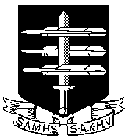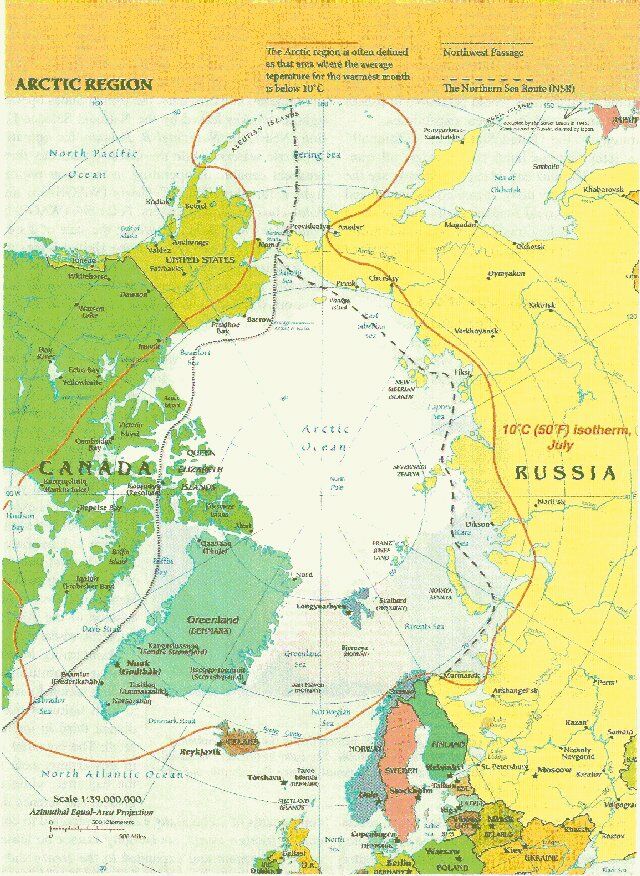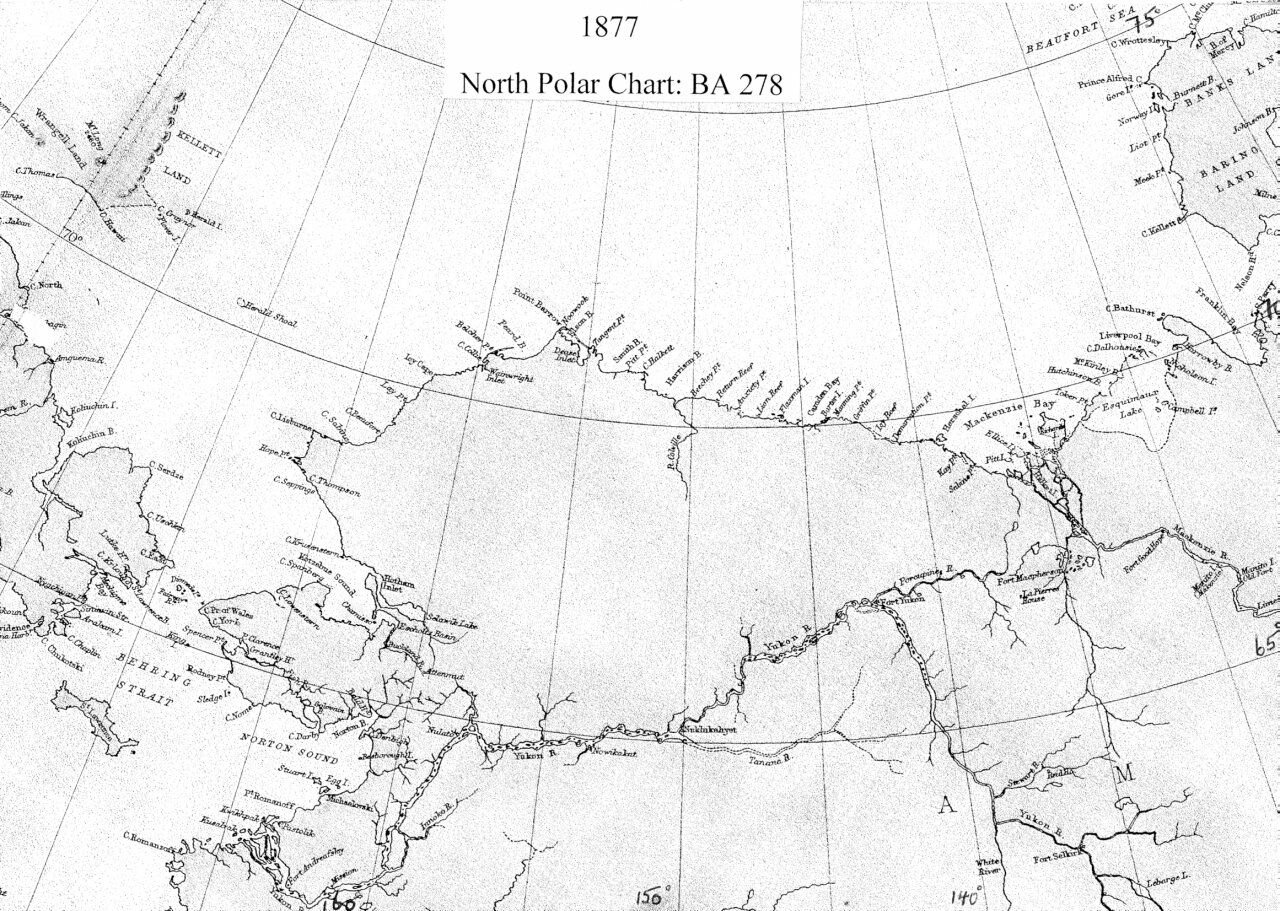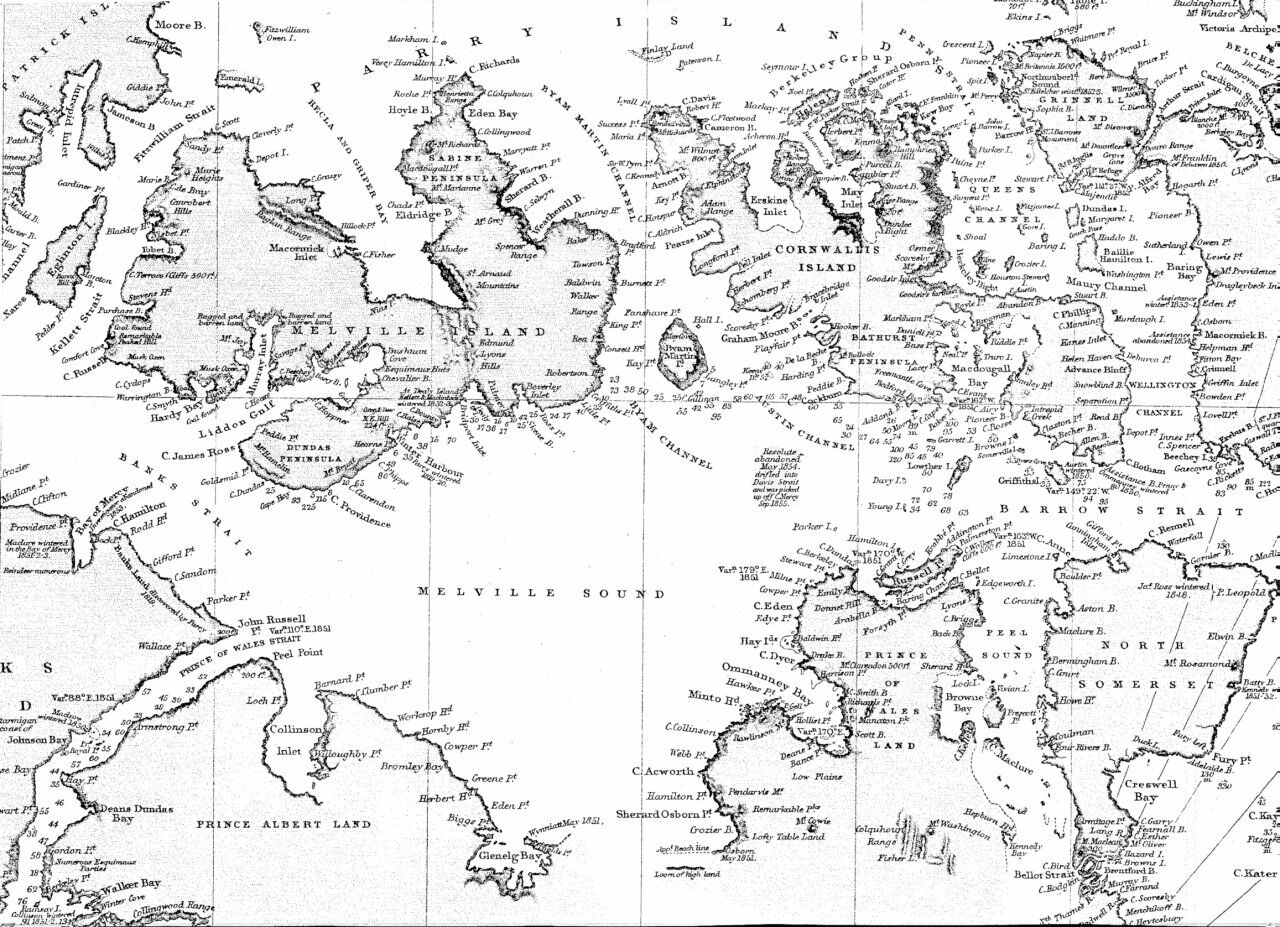

 The South African
The South African
by John Parkinson
Address to SAMHS Jhb branch on 14 September 2006Henry Kellett was born in Co. Tipperary, Ireland in 1806 (2/11) and he entered the Navy at age 15. Nine years later, under Edward Belcher who was widely known in the hydrographic world, he began to make his name in that branch of the service, starting on the Africa station.
In 1835 he took command of the minute surveying vessel 'STARLING', only 61' long. He was to be in her for seven years, a commission of a length unknown today.
For especially competent and courageous work with 'STARLING' in China during the years 1840-1842, the first Opium War, in December 1842, so at 36 years of age, he was promoted Captain.
Back home in 1843, it was two years later, in February 1845 that at Chatham he received command of the small frigate 'HERALD', now refitted as a survey ship.
In May that same year of 1845, Her Majesty's Ships 'EREBUS' and 'TERROR', commanded by Sir John Franklin, passed down the Thames at the start of his last expedition. From 'HERALD', by now moored off Sheerness, it is likely that the departure of the Franklin expedition was witnessed by members of her company.
Jumping ahead a little, Sir John, in his quest to conquer the North West Passage, was to die in the frozen wastes of northern Canada on 11 June 1847.

Arctic Outline Map
For centuries European trading nations had wished to find the shortest and easiest way to the East. Cargoes of spices and other goods could be extremely profitable.
In South Africa we are familiar with the activities of the VOC in that direction, and next year Cohn Dean will be telling us more on that subject.
Amongst the names of the early explorers attempting to seek a passage around to the North of British North America, from the late 16th and early 17th centuries the names of Martin Frobisher and Henry Hudson will be familiar.
By early 1848, as no word had been received from Franklin, the Admiralty in London began to be concerned. Rather quickly a number of relief expeditions were organized.
Being highly regarded by the Lords of the Admiralty, especially the Hydrographer of the Navy, Sir Francis Beaufort, Henry Kellett was to be involved from both ends of the Passage.
First, each summer of the years 1848, 1849 and 1850, in 'HERALD' he ventured up through the Bering Strait at the western end of this icy route.
During the remaining parts of each year he would continue with his marine surveys along the Pacific coast of the Americas.
Secondly, between 1852 and 1854, as a senior member of the Belcher Relief Expedition, he was in the frozen waters here, having entered from the east through Baffin Bay and Lancaster Sound.
Please remember the summer navigational season in these waters is extremely short, usually just three months, July, August and September. Even sledging journeys over the frozen waters could not be commenced before March, and it was wise to end such undertakings by November.
An illustration of the 'INVESTIGATOR' nipped in 1850/5 1, and Sledging party, was included just to give an indication of how the ice could treat ships and sledging parties. 'HERALD', a surveying ship, was not strengthened in such a manner as to risk being iced in.

1877 chart of the Chukchi and Beaufort Seas
Heavy, bluff bowed, very slow sailing 'PLOVER' did not arrive, in fact, she only reached these waters after the seas had commenced to freeze, so she spent the winter of 1848 in Russia, at Emma Harbour.
In 1849 Kellett was successful, and so was 'PLOVER', and on 15 July the two ships met at Chamisso. Stores and provisions were transferred.
Also Kellett ordered Lieut. William Puhlen, from 'PLOVER', in smaller boats, to carry out a search from here at Wainwright Inlet along past Point Barrow to the mouth of the Mackenzie River. This he did, reaching the Hudson Bay depot at Fort Macpherson on 5 September before being frozen in. No sign of Franklin was found, nor news heard.
Meanwhile in 1849, in case Franklin's ships, partially disabled, might have been swept across these waters, in 'HERALD' Kellett searched along the edge of the ice in this direction, on 17 August discovering and naming Herald Island.
As planned, in 1849 'PLOVER' wintered here near Chamisso. In the meantime from the natives rumours were received that a party of white men had been seen in the interior. Knowing that Pullen was off away along the north coast these tales were discounted however in the spring Lieut. Pim sledged overland to the Russian regional headquarters at Michaelovski to ascertain if they had heard any such news.
'HERALD' returned to Chamisso, with more supplies, on 15 July 1850. Kellett also repeated his earlier search up past Cape Lisburne, here. Off this Cape on 31 July a strange sail was sighted. She proved to be 'INVESTIGATOR' (she of the earlier illustration being nipped by the ice), Commander Robert McClure, of yet another search expedition, being led by Captain Richard Collinson in 'ENTERPRISE', around into these waters in the direction of Banks Island.
Incidentally you might be surprised to know the scale of whaling activity up here during the summer of 1850 - some 200 such ships (horrible!).
These and other duties complete, and in any case being due back in England, Kellet sailed home via Honolulu, Hong Kong, Singapore and the Cape, to pay off at Chatham on 16 June 1851.
For the next seven months he was kept busy recording his completed surveys.
Then in February 1852 he was appointed in command of the discovery ship 'RESOLUTE'. Amongst his officers was Lieut. Bedford Pim, mentioned just now. This expedition was commanded by Captain Sir Edward Belcher in 'ASSISTANCE'. Both the two larger ships were accompanied by smaller steam powered tenders, 'INTREPID', Commander Francis McChintock, and 'PIONEER', Commander Sherard Osborn. (Here last year I spoke about British treaties with China and Japan in 1858. Lord Elgin travelled in Eastern waters in H.M.S. 'FURIOUS', Captain Sherard Osbom - this is the same man). The store and base ship, 'NORTH STAR' was commanded by William Pullen, recently returned from the Yukon and also just mentioned.
The five ships with 222 men in total, sailed from England in April 1852.

1856 Chart of Arctic Sea: Melville Sound
In the event Belcher himself took this search route, here, up Wellington Channel (the correct route as Franklin had rounded Cornwahhis island prior to proceeding south), and ordered Kellett across in a westerly direction, south coast of Melville Island.
Ice conditions prevented Kellett from reaching Winter Harbour. He was forced back to Dealy Island where, from 10 September he was iced in for the winter of 1852.
Before the weather became too extreme the usual sledge parties were sent out both to search for signs of Franklin, and to lay caches of supplies ready for long search expeditions in the better conditions the following spring.
It was on his return on 14 October from such a 22 day trip out to Cape Hoppner that on his return, here at Winter Harbour, Lieut. Mecham found messages and a chart placed there by a party from 'INVESTIGATOR' a few months earlier, in April. It transpired that the ship had been trapped by ice, here in Mercy Bay (the same bay as mentioned earlier), since 1851.
Of course by now it was far too late to send out rescue parties.
Only on 10 March 1853 could Kellett be sure that it was safe to send Lieut. Pim off on the 167 mile journey over the ice.
In the event on 6 April Pim arrived at 'INVESTIGATOR' to the great surprise and huge delight of Commander McClure and his men, some of whom were in bad shape with scurvy and other ailments.
Because 'INVESTIGATOR' was so well and truly trapped Kellett subsequently had no difficulty in ordering her to be abandoned, which she was on 3 June 1853.
Meanwhile other sledge search parties were out and, by using their caches of supplies laid the previous year, were able to make some fine journeys. Indeed during the two seasons in the ice Commander Francis McChintock (later an Admiral) of 'INTREPID' sledged an amazing total of 1,328 miles, exploring, surveying and searching as he went.
Also in the interim Kellett caused a large store house to be constructed on Dealy Island, for the use of any other future search parties or explorers. As recently as 1961 one such group made up a most palatable stew from some of these stores.
Over the years polar bears had enjoyed the contents of other packages.
Finally on 18 August 1853 the ice around 'RESOLUTE' began to break up. However it proved to be a short summer and after just a month, 01120 September, she was frozen in again, here.
From this point once again search parties were dispatched, and other parties were sent over to Beechey Island where 'NORTH STAR', having spent the previous winter there as base ship, again was iced in for another winter. Belcher in 'ASSISTANCE' was up here.
Now there occurred an unfortunate event. Belcher, short tempered enough at the best of times, seems to have taken various recent experiences very badly. Perceiving the ships to be helplessly iced in, in April 1854, without heeding any opinions voiced by any of his captains, including Kellett, he ordered the two ships and their tenders, four ships in all, abandoned.
'RESOLUTE' herself, with hatches caulked and flags flying, was left deserted on 15 May as Kellett sadly led the sledge loads of his men off towards Cape Cockburn, here, and then on to Beechey Island. There they arrived on 28 May.
On 27 August the entire party, including the survivors from 'INVESTIGATOR', departed for England in 'NORTH STAR' and another two supply ships which had arrived during the summer. Incidentally these two ships brought the first news of an astonishing development, the outbreak of the Crimean War.

Arctic Outline Map (2nd time)
Firstly at the subsequent court martial held in London to account for the loss of the ships, Henry Kellett was completely exonerated. In fact he went on to achieve flag rank and in November 1871 completed his distinguished naval career as a knighted Vice Admiral, and Commander in Chief, China Station.
Belcher was never employed again.
Secondly Henry Kellett was proved to have judged the situation in the ice well. 'RESOLUTE', carried by the current, drifted out from those icy wastes and in the Davis Strait, here, during September 1855 was boarded by men from the American whaler 'GEORGE HENRY'. Her Captain, James Buddington, took her back with him to Connecticut. In due course she was purchased and refitted by the U.S. government who, on 12 December 1856 at Spithead, formally returned her as a gift to the 'the Queen and people of Great Britain'. When she was broken up in 1879 Queen Victoria caused a desk to be constructed from her timbers. This desk was presented to the president of the U.S.A. and arrived at the White House in November 1880.
Certainly Bill Clinton used it but I am not sure about the present incumbent!
Thirdly, by virtue of entering the N.W. Passage from the west, here, and then from Mercy Bay by sledge and sea exiting through the east, here, Robert McClure was awarded the prize for being the first person to make a transit of the entire Passage.
Fourthly, although over the years numbers of traces of the Franklin Expedition had been found, including the graves of three of his men on Beechey Island (in August 1850), it was not until May/June 1859 that the very same Francis McChintock who had commanded 'INTREPID' with Kellett in 1852, but who now was captain of the small ship 'FOX' chartered by Lady Franklin, found conclusive evidence of the fate of members of the expedition on King William Island, here.
It had been a very long search.
'EREBUS' and 'TERROR' had been abandoned on 22 April 1848. By the 25th nine officers and 15 men had died. The survivors had hoped to trek overland in a southerly direction to safety.
Alaska Purchase: March 1867 for $7.2m, but necessary appropriation only made in July 1868.
British North America Act: March 1867
Return to Society's Home page
South African Military History Society / scribe@samilitaryhistory.org